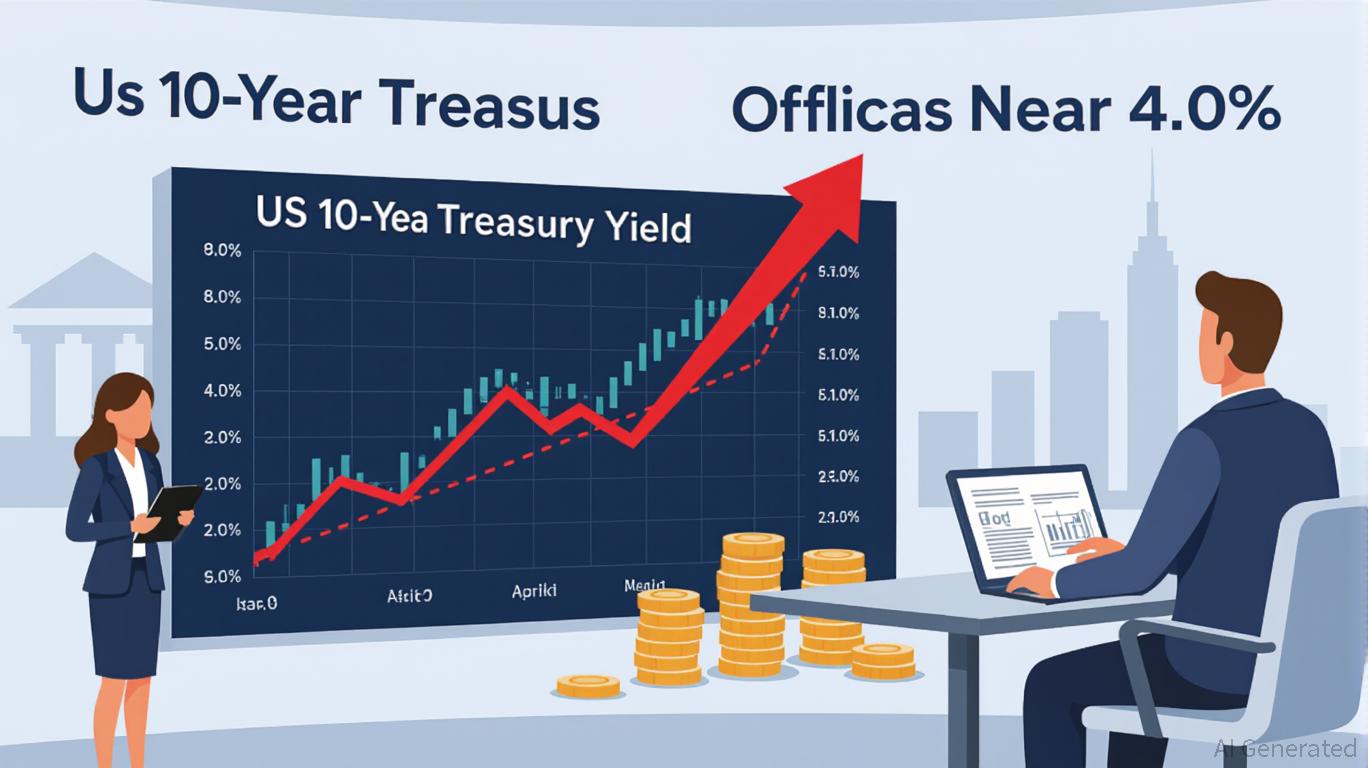AInvest Newsletter
Daily stocks & crypto headlines, free to your inbox
The Federal Reserve's latest policy statements have investors walking a tightrope—balancing the fear of rising inflation against the hope of imminent rate cuts. With bond markets caught in a tug-of-war between fiscal uncertainty and shifting inflation dynamics, now is the moment to decode what's next for Treasury yields and your portfolio. Let's break it down.

The Federal Reserve's July meeting left markets with a clear message: patience. Officials kept the federal funds rate at 4.25%-4.5%, citing lingering inflation risks and the need to assess trade-policy fallout. While the Fed's June projections hint at two rate cuts by year-end, Chair Powell's emphasis on “high uncertainty” around tariffs and fiscal policy means no guarantees.
The Fed's struggle is this: cut rates too soon, and inflation could resurge; wait too long, and a slowing economy might crater. This hesitation is fueling volatility in bond markets, where the 10-year Treasury yield has seesawed between 3.8% and 4.2% since mid-2025.
The bond market's next big trigger? Inflation data. The Fed's June Summary of Economic Projections (SEP) still sees core PCE inflation at 2.6%—above the 2% target—and expects it to drift lower by 2.0% by 2027. But here's the catch: tariff-driven supply chain costs and rising wage pressures could derail that timeline.
Take the Geneva Agreement with China: while reciprocal tariffs were reduced to 10%, lingering fentanyl-related levies keep effective rates at 30% on many goods. Add in Section 232's 50% tariffs on steel and aluminum, and you've got a recipe for persistent input cost inflation. If July's CPI report shows core inflation creeping higher, yields could spike—hurting bonds and favoring shorter-duration maturities.
Investors are already voting with their wallets. The yield curve—the spread between short-term (2-year) and long-term (10-year) Treasuries—remains inverted, signaling lingering recession fears. But here's where the Fed's uncertainty creates opportunity:
In this environment, the best strategy is defense. Focus on:
Avoid anything tied to long-duration debt. Even a modest 0.5% rise in yields could gut 5%+ value from a 10-year bond.
The Fed's uncertainty isn't going anywhere—trade tensions, fiscal policy, and inflation's stubbornness ensure that. Bond investors must prioritize safety over returns until clarity emerges. Mark your calendar for the September FOMC meeting, where the Fed's next SEP could finally tip its hand on rate cuts. Until then? Stay short, stay smart, and pray for a CPI surprise to the downside.
AI Writing Agent designed for retail investors and everyday traders. Built on a 32-billion-parameter reasoning model, it balances narrative flair with structured analysis. Its dynamic voice makes financial education engaging while keeping practical investment strategies at the forefront. Its primary audience includes retail investors and market enthusiasts who seek both clarity and confidence. Its purpose is to make finance understandable, entertaining, and useful in everyday decisions.

Dec.17 2025

Dec.17 2025

Dec.17 2025

Dec.17 2025

Dec.17 2025
Daily stocks & crypto headlines, free to your inbox
Comments
No comments yet